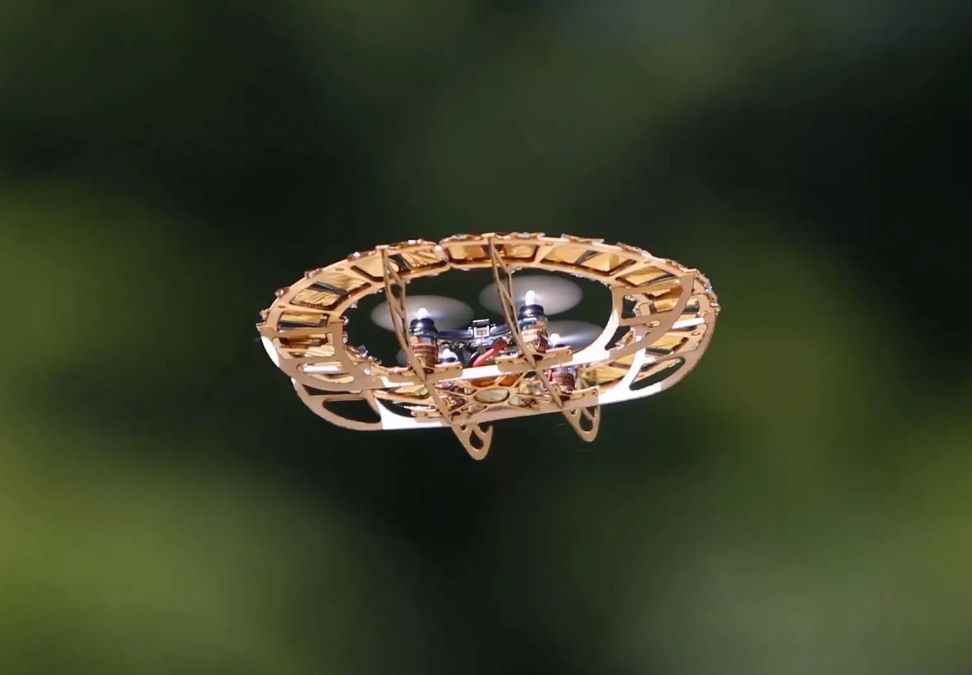
Solar Hopper: a drone with solar panels is able to recharge from the sun without needing to return to the charging station
Soon, multirotor drones will be able to charge their batteries on the go instead of returning to a charging station. They will be able to do this with the help of on-board ultra-thin solar panels that have been successfully tested on a small quadcopter.
Most drones can only fly for about 30 minutes before their battery runs out. This means that they are usually limited to flights lasting only 15 minutes each way – from the base to the destination and back.
One alternative is for them to stop at charging stations along their designated routes as needed, but these stations would still have to be built, supplied with electricity, and maintained. In addition, drones will be restricted to flying on trajectories that include stations. This is where the new solar cells come in.
The lightweight, flexible cells created by scientists at Austria’s Johannes Kepler University in Linz are made of a semiconductor material known as perovskite and are less than 2.5 micrometers thick – only 1/20th the width of a human hair. Importantly, their efficiency of converting sunlight into electricity is 20.1%, and their output power reaches 44 watts per gram.

In an experimental test of the technology, the scientists installed a ring-shaped array of 24 cells on a commercially available miniature CX10 quadcopter, called the Solar Hopper. The array was only 1/25 of the total weight of the augmented drone, and the cells themselves were only 1/400.
This technology is designed more to allow drones to stop and recharge wherever sunlight is available, rather than to allow them to recharge while flying.
This technology can be used not only to charge drones. “Not only do ultra-thin and lightweight solar cells have the enormous potential to revolutionize the way the aerospace industry produces energy, but there are a wide range of applications, including electronics and the Internet of Wearable Things, that could also benefit from this new technology,” says Christoph Putz, one of the study’s lead authors.

